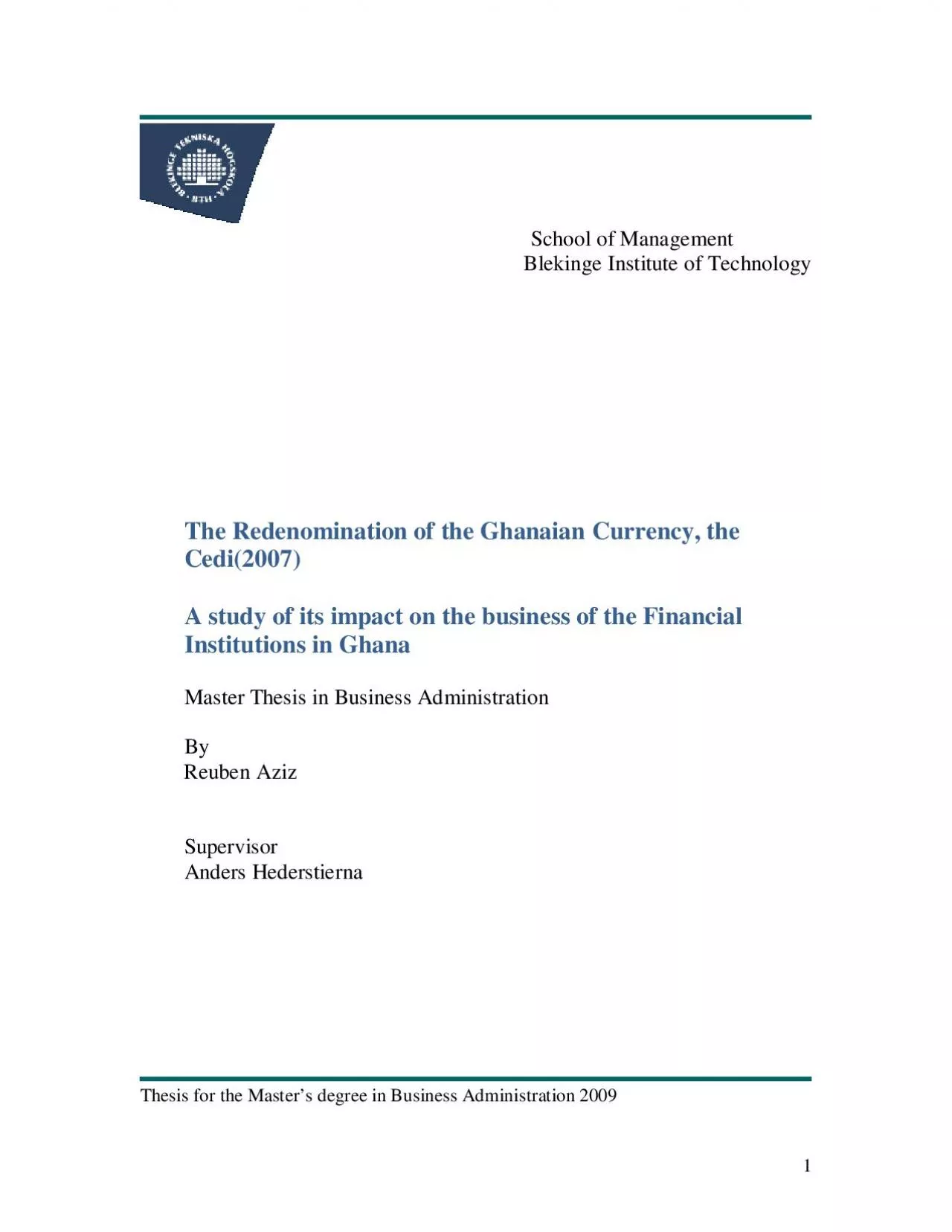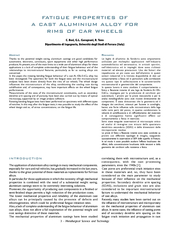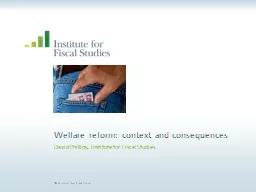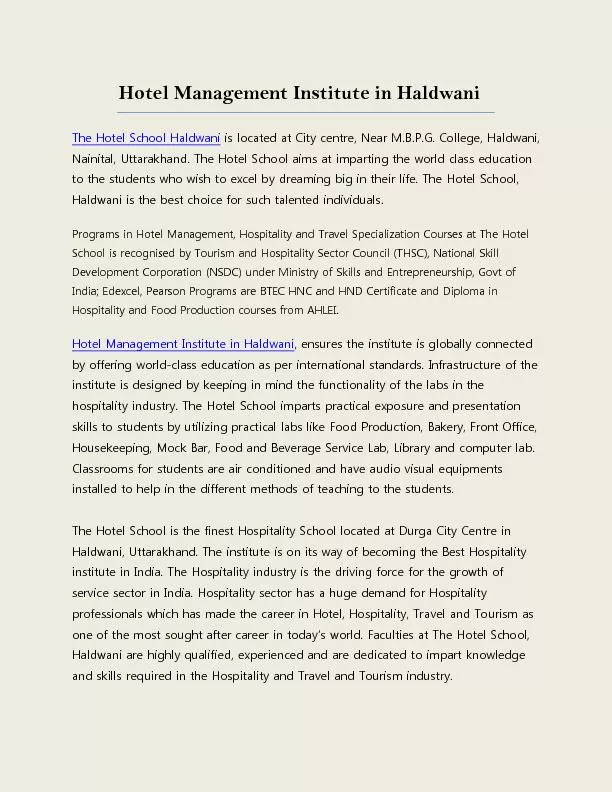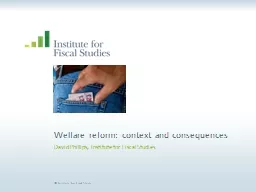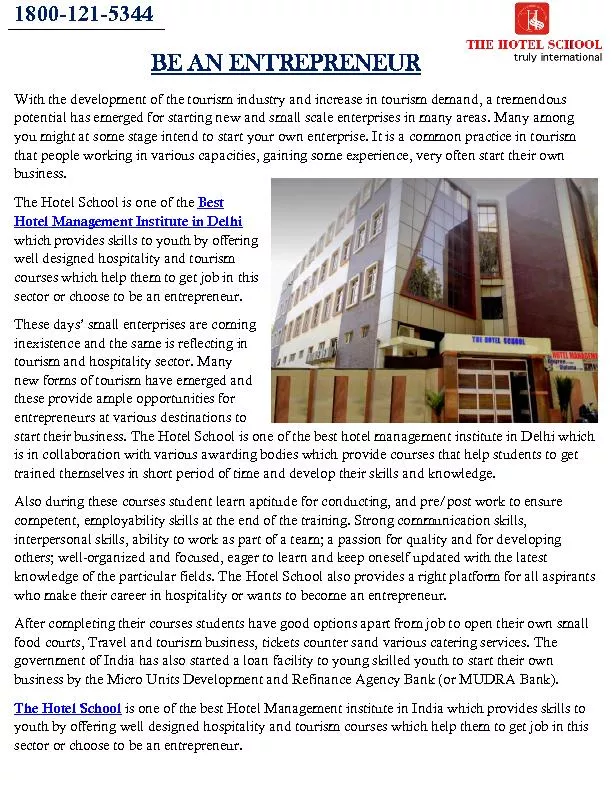PDF-School of ManagementBlekinge Institute of TechnologyThe Redenominatioo
Author : gabriella | Published Date : 2021-01-11
Thesis for the Mast146s degree in Business Administration tract The cedi is Ghana146s official currency which was introduced on July 19The loss in thevalue o
Presentation Embed Code
Download Presentation
Download Presentation The PPT/PDF document "School of ManagementBlekinge Institute o..." is the property of its rightful owner. Permission is granted to download and print the materials on this website for personal, non-commercial use only, and to display it on your personal computer provided you do not modify the materials and that you retain all copyright notices contained in the materials. By downloading content from our website, you accept the terms of this agreement.
School of ManagementBlekinge Institute of TechnologyThe Redenominatioo: Transcript
Download Rules Of Document
"School of ManagementBlekinge Institute of TechnologyThe Redenominatioo"The content belongs to its owner. You may download and print it for personal use, without modification, and keep all copyright notices. By downloading, you agree to these terms.
Related Documents

